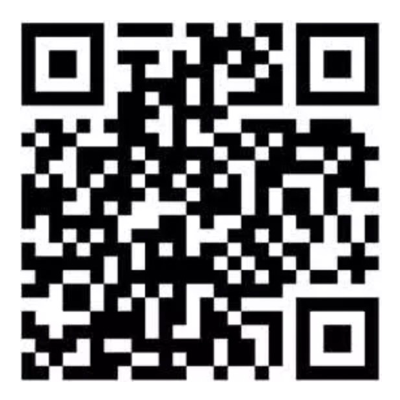How to understand 30% deposit, 70% before shipment" and "30% deposit, 70% against B/L?
1. 30% Deposit, 70% Before Shipment
This payment term means that the buyer pays 30% of the total order value as a deposit when placing the order. The remaining 70% is paid before the goods are shipped from the supplier's location.
Buyer’s Perspective:
- Risk Mitigation: The initial 30% deposit shows a commitment to the order, while the remaining 70% is withheld until the buyer can confirm the goods are ready for shipment, reducing the risk of delays or receiving defective products.
- Financial Preparedness: The buyer needs to ensure they have the funds available to make the final payment before shipment, which can impact cash flow.
Supplier’s Perspective:
- Security: The 30% deposit covers the supplier’s initial costs, such as raw materials and labor, ensuring they are not out of pocket if the order falls through.
- Guarantee of Payment: The remaining 70% before shipment provides the supplier with security, knowing they will be paid before the goods leave their control.
2. 30% Deposit, 70% Against B/L (Bill of Lading)
In this arrangement, the buyer pays 30% of the total order value upfront. The remaining 70% is due when the buyer receives the Bill of Lading (B/L), a document that confirms the goods have been shipped.
Buyer’s Perspective:
- Increased Assurance: The buyer pays the final 70% after receiving the B/L, which confirms the goods are on their way, offering more assurance compared to paying before shipment.
- Potential Risks: Delayed payment upon receipt of the B/L can lead to storage fees or demurrage charges if the goods are held at the port.
Supplier’s Perspective:
- Risk of Non-Payment: The supplier ships the goods before receiving the final payment, relying on the buyer to pay upon receipt of the B/L. However, the B/L provides security, as the buyer cannot claim the goods without it.
- Security in Ownership: The B/L acts as proof of ownership, so the supplier retains control over the goods until the buyer completes the payment.
Tips for Navigating These Payment Terms
-
Verify Product Quality: Always engage a third-party inspection service to check the quality of goods before making the final payment, whether it’s 70% before shipment or against the B/L.
-
Negotiate Payment Terms: If you have strong negotiating power, try to secure better payment terms that benefit your cash flow and reduce financial risk.
-
Build Strong Relationships: Over time, as trust builds, suppliers may offer more favorable terms, such as allowing payment after the goods are received.
FAQs
-
What does "30% deposit, 70% before shipment" mean?
It means the buyer pays 30% upfront and the remaining 70% before the goods are shipped. -
What does "30% deposit, 70% against B/L" mean?
It means the buyer pays 30% upfront and the remaining 70% upon receiving the Bill of Lading. -
Why is a 30% deposit required?
It covers the supplier's initial costs and shows the buyer's commitment to the order. -
Should I pay more than a 30% deposit?
No, it’s not recommended as it increases the buyer’s financial risk. -
Is it advisable to inspect goods before making the final payment?
Yes, to ensure you receive the correct and quality products.
Conclusion
Understanding these payment terms is crucial for successful international trade. They help manage risks and ensure smooth transactions between buyers and suppliers. By following best practices and guidelines, businesses can foster strong relationships and ensure reliable operations.

